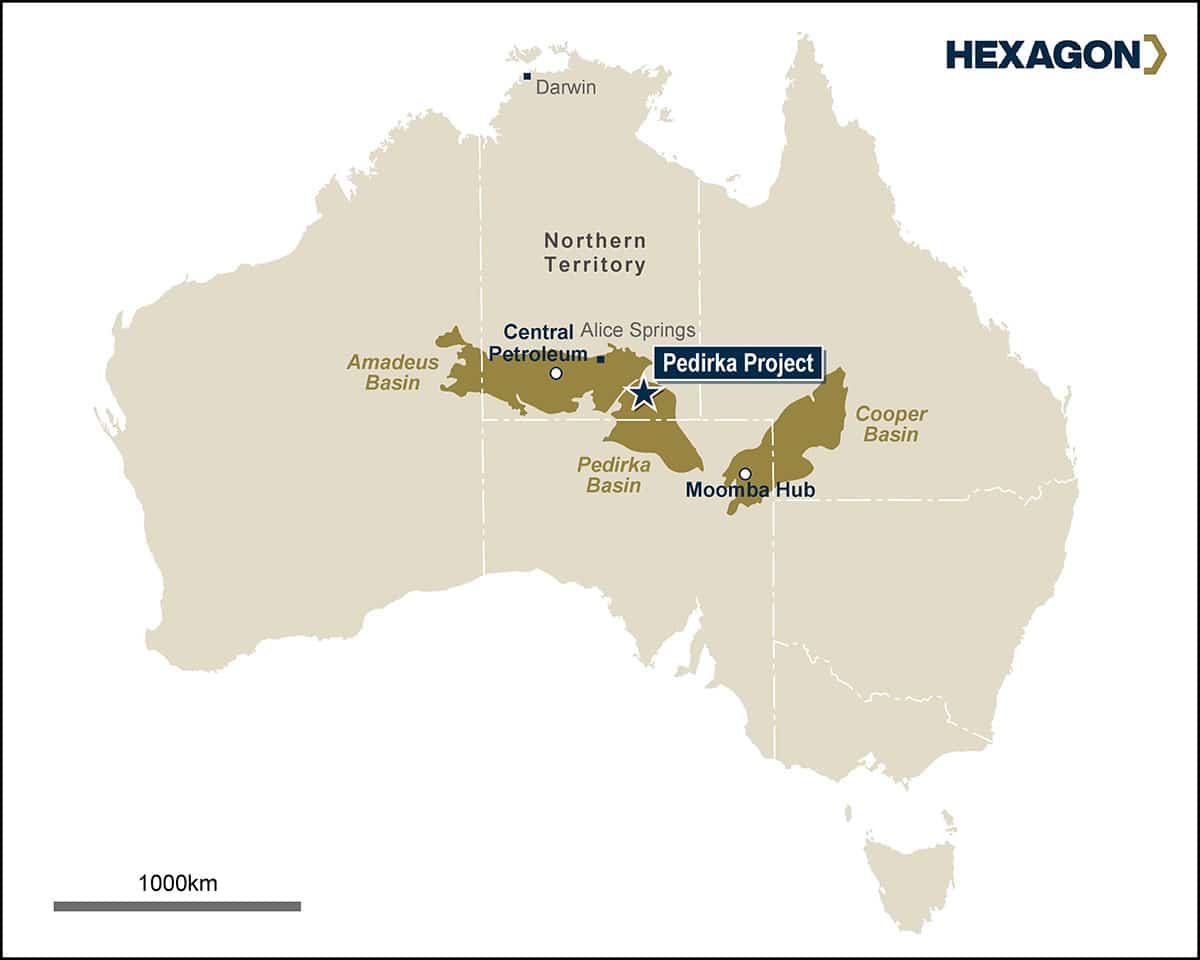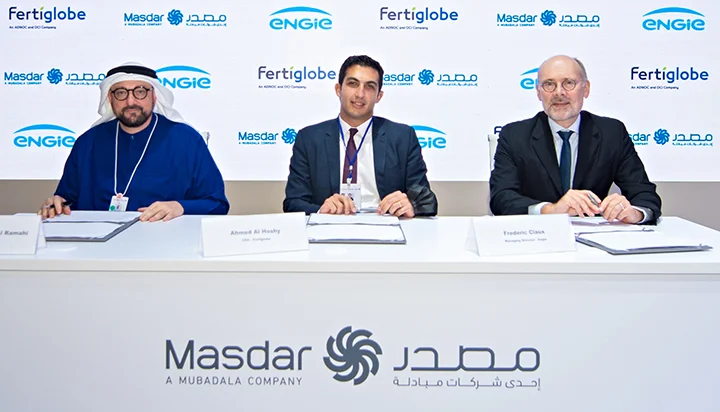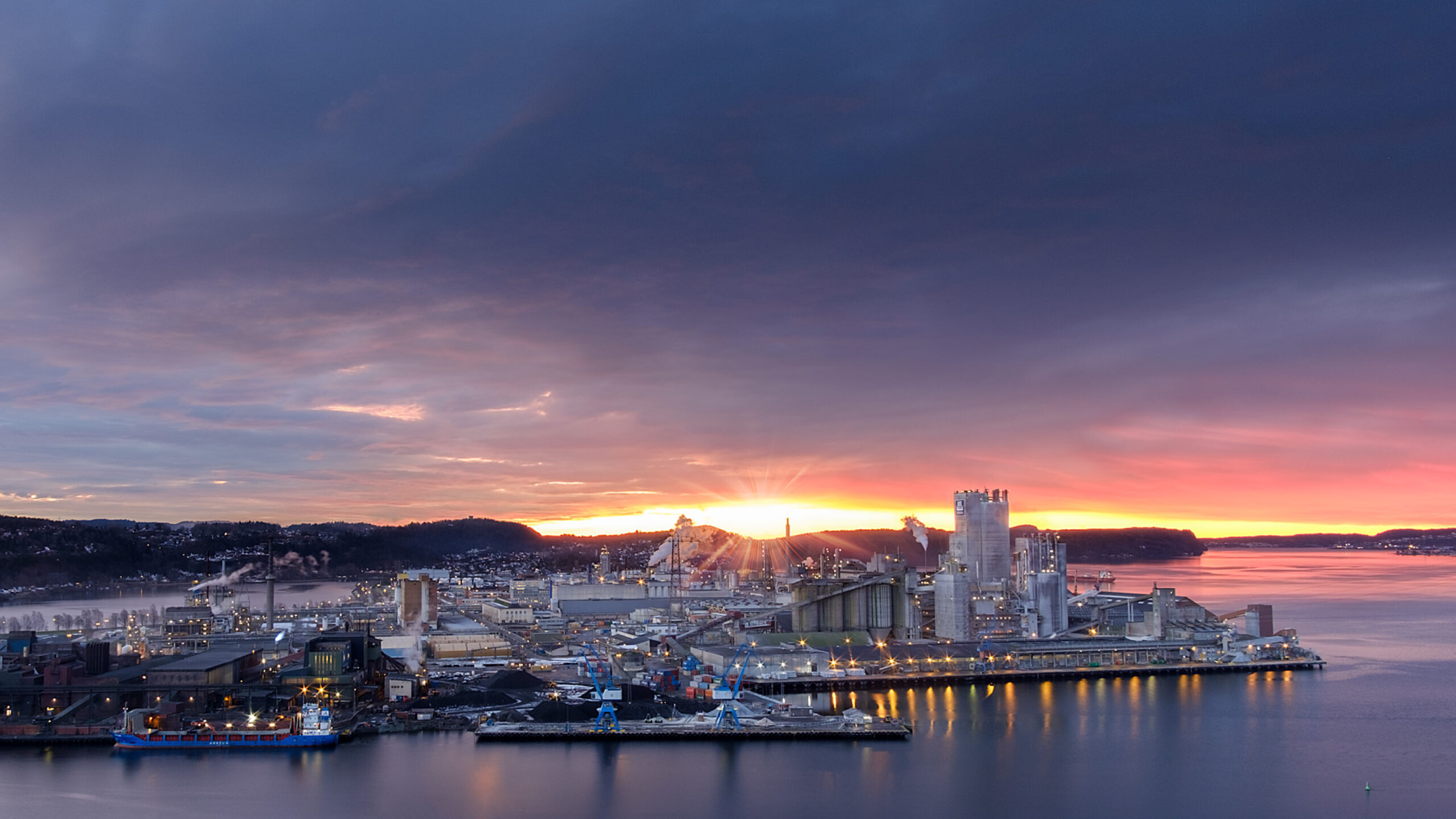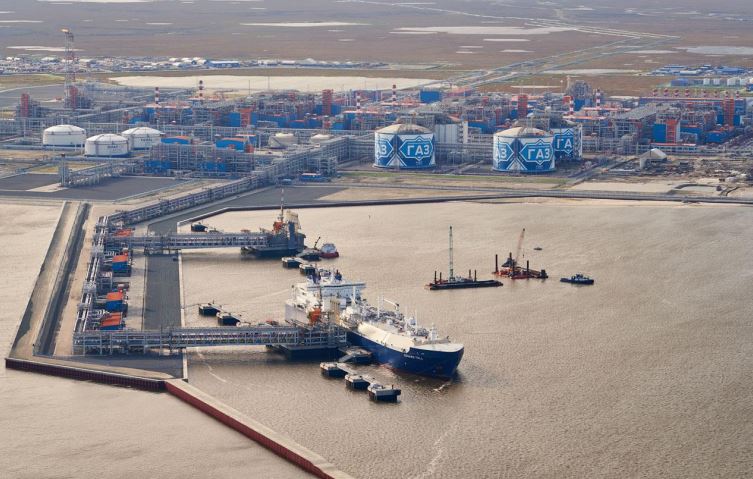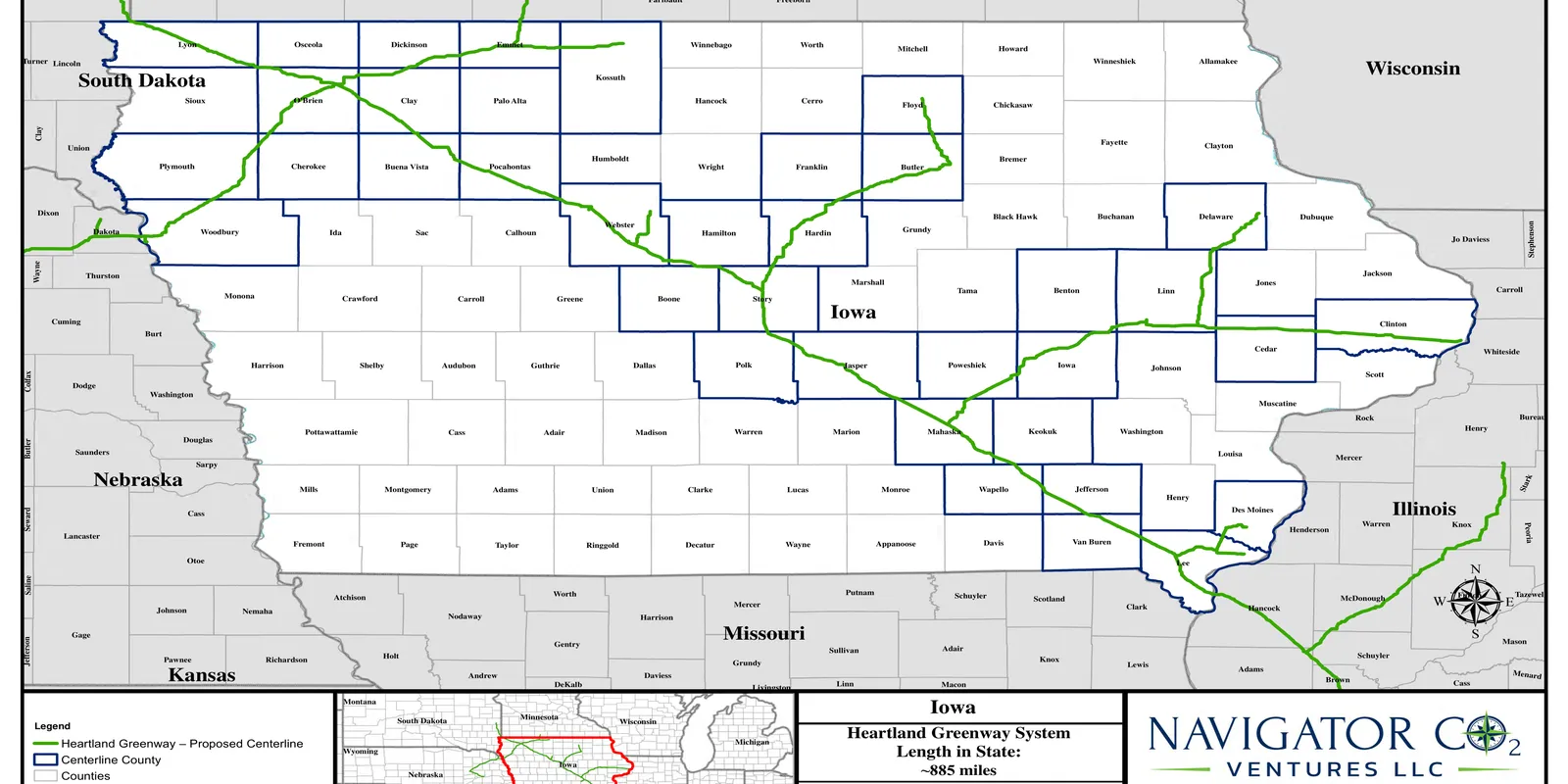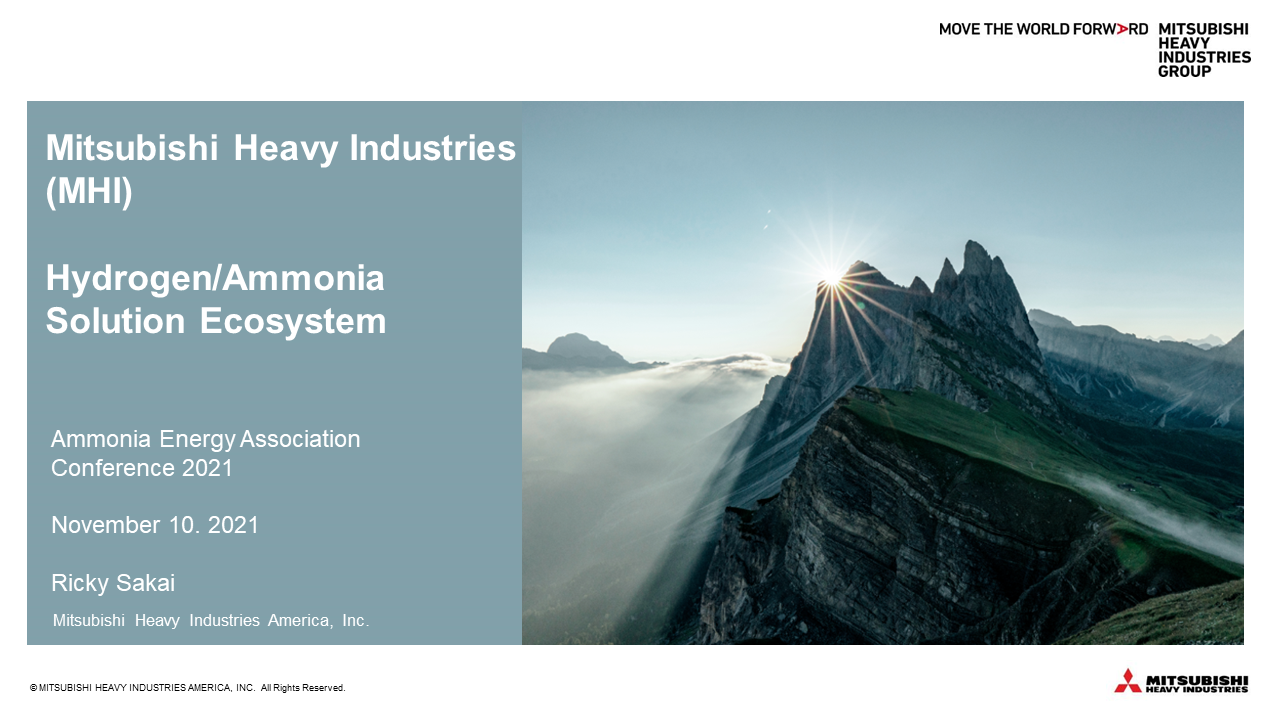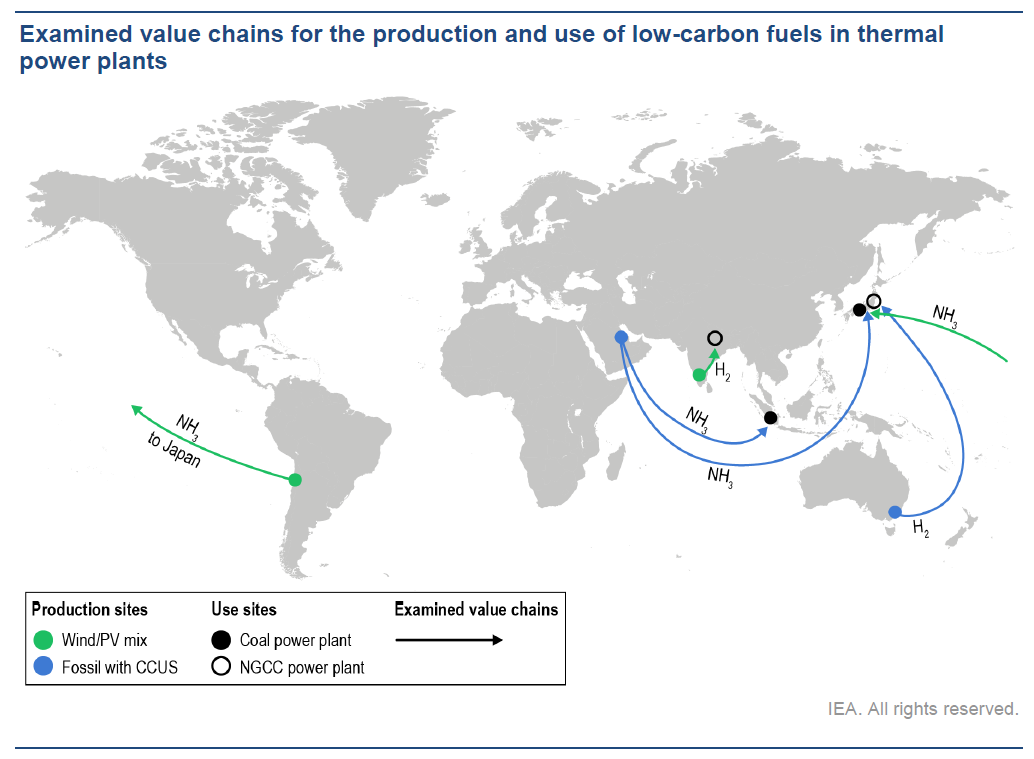Blue ammonia in the Northern Territory & Wyoming
A new, million-tonne per-year blue ammonia project is under development in the Northern Territory, Australia, with gas from the Pedirka Basin (located near Alice Springs) to be used to produce hydrogen, and carbon emissions sequestered in a nearby geological formation. An MoU between project developer Hexagon Energy Materials and FRV Australia will see FRV-owned renewable power (existing or new build) provide electricity to Hexagon's to-be-built hydrogen and ammonia production facilities.
In Wyoming, North Shore Energy and Starwood Energy Group have received over $4 million in funding from the Wyoming Energy Authority for "Project Phoenix" - a state-of-the-art ammonia complex with on-site carbon capture and sequestration capabilities to be built near Evanston.
